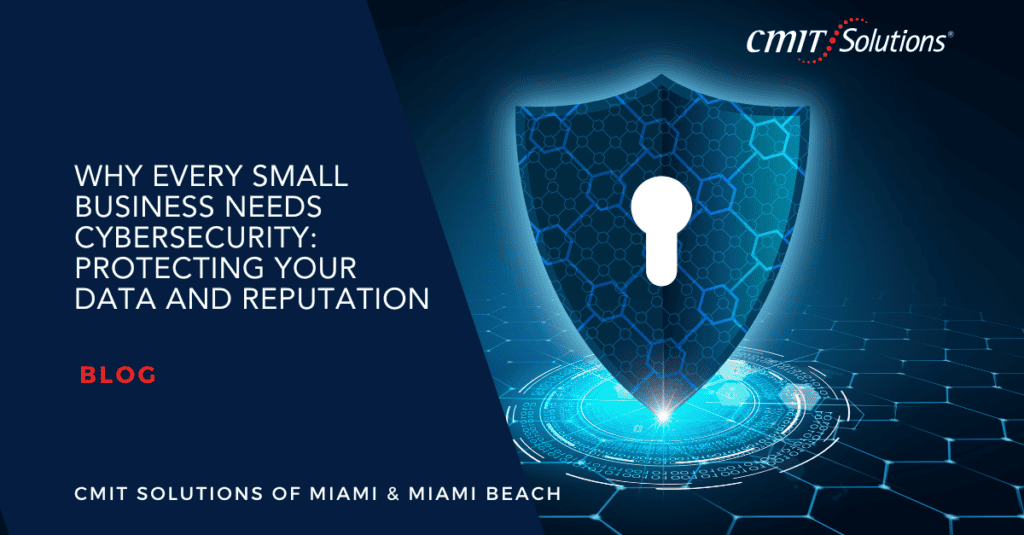In today’s rapidly evolving digital landscape, businesses rely on IT infrastructure to drive productivity, enhance security, and support operations. The choice between cloud computing and on-premise servers is a critical decision that affects scalability, cost-efficiency, and security. For businesses in Miami & Miami Beach, selecting the right infrastructure requires understanding both options’ advantages and limitations.
Understanding Cloud and On-Prem Servers
Before diving into the comparison, it’s essential to define each solution:
- Cloud servers store and manage data remotely through the internet. They are hosted and maintained by third-party providers and accessed on demand.
- On-prem servers are physical servers located within an organization’s facility, requiring in-house maintenance and management.
Both models have unique benefits and challenges, making it crucial to align the choice with your business goals.
Key Factors to Consider When Choosing IT Infrastructure
1. Scalability and Flexibility
- Cloud: One of the biggest advantages of cloud computing is its scalability. Businesses can quickly scale up or down based on their needs, paying only for what they use. This flexibility is particularly useful for growing businesses or those with fluctuating workloads. Cloud services ensure that companies can expand resources without investing in new hardware.
- On-Prem: Scaling an on-premise infrastructure requires purchasing additional hardware, which can be costly and time-consuming. Businesses with stable and predictable workloads may find this model manageable, but rapid expansion can present challenges.
2. Cost Efficiency
- Cloud: Cloud solutions operate on a pay-as-you-go model, reducing upfront capital expenditures. Businesses avoid expenses related to hardware, maintenance, and upgrades. However, long-term cloud costs can accumulate, depending on usage. Managed IT services help businesses optimize costs by managing cloud resources efficiently.
- On-Prem: On-prem servers require a significant initial investment in hardware, software, and IT staff. However, for businesses with consistent workloads, these costs can be predictable over time. Maintenance and energy costs should also be factored into the budget.
3. Security and Compliance
- Cloud: Cloud providers implement robust cybersecurity measures, including data encryption, firewalls, and automated backups. However, businesses must ensure that cloud services comply with industry-specific regulations. Cybersecurity solutions help businesses safeguard cloud environments.
- On-Prem: Companies with strict compliance requirements or sensitive data may prefer on-prem servers, where they have complete control over security measures. Compliance solutions ensure that businesses adhere to legal and regulatory standards.
4. Data Backup and Disaster Recovery
- Cloud: Cloud-based solutions provide automated data backup and disaster recovery, reducing the risk of data loss due to hardware failure. Businesses can restore their data quickly in case of an emergency. Data backup services offer additional protection against cyber threats.
- On-Prem: With on-prem servers, disaster recovery depends on the organization’s internal backup strategy. If backups are not managed effectively, data loss risks increase.
5. Performance and Reliability
- Cloud: Cloud computing offers high availability and reliability with redundant data centers worldwide. However, performance depends on internet connectivity. Network management ensures minimal latency and efficient data flow. Learn more about network management.
- On-Prem: Local servers provide consistent performance without reliance on external networks. However, they are susceptible to hardware failures and require regular maintenance.
6. IT Support and Management
- Cloud: Cloud infrastructure is managed by the provider, reducing the need for internal IT support. However, businesses should have an IT strategy to ensure seamless cloud integration. IT guidance services help businesses optimize cloud deployments.
- On-Prem: Organizations with in-house IT teams may prefer on-prem solutions for complete control. However, IT staff must manage software updates, security patches, and system upgrades.
7. Communication and Collaboration
- Cloud: Cloud-based tools improve collaboration by enabling remote work and real-time communication. Solutions like Microsoft 365 and VoIP systems enhance productivity. Unified communications streamline business communication.
- On-Prem: On-prem solutions may require additional infrastructure to support remote access and team collaboration.
8. IT Procurement and Infrastructure Investment
- Cloud: Businesses avoid the hassle of hardware procurement, as cloud services are subscription-based. IT procurement solutions help businesses select the right technology.
- On-Prem: Companies must manage hardware procurement and software licensing, adding to operational costs.
When to Choose Cloud Over On-Prem
Cloud is the Right Choice If:
✔ Your business needs scalability and flexibility to adjust IT resources on demand. ✔ You want to minimize upfront capital expenditures and leverage operational costs. ✔ Your team requires remote access and collaboration tools. ✔ You prefer automated backup and disaster recovery without additional hardware investment. ✔ You want enhanced cybersecurity managed by a third-party provider.
When to Choose On-Prem Over Cloud
On-Prem is the Right Choice If:
✔ Your business requires full control over security and compliance measures. ✔ You have predictable workloads that do not require frequent scalability. ✔ Your company has strict regulatory requirements that necessitate local data storage. ✔ You have an in-house IT team to manage and maintain infrastructure. ✔ You prefer consistent performance without reliance on internet connectivity.
Hybrid Approach: Combining Cloud and On-Prem
Many businesses adopt a hybrid IT strategy, leveraging both cloud and on-prem solutions. A hybrid approach offers:
- Flexibility: Critical applications can be hosted on-prem while leveraging cloud-based collaboration tools.
- Cost Optimization: Businesses can balance on-prem capital investments with cloud-based operational efficiencies.
- Enhanced Security: Sensitive data can remain on-prem while leveraging cloud security solutions.
Final Thoughts: Making the Right Decision for Your Business
Choosing between cloud and on-prem infrastructure depends on your business needs, security requirements, and growth strategy. Managed IT services provide expert guidance to ensure the right choice for scalability, security, and operational efficiency. Explore managed IT services to optimize your IT infrastructure.
For businesses in Miami & Miami Beach, working with a trusted IT provider ensures seamless infrastructure management. Whether you choose cloud, on-prem, or hybrid solutions, our experts can help implement a cost-effective and secure IT strategy.
Contact us today to determine the best IT solution for your business.




